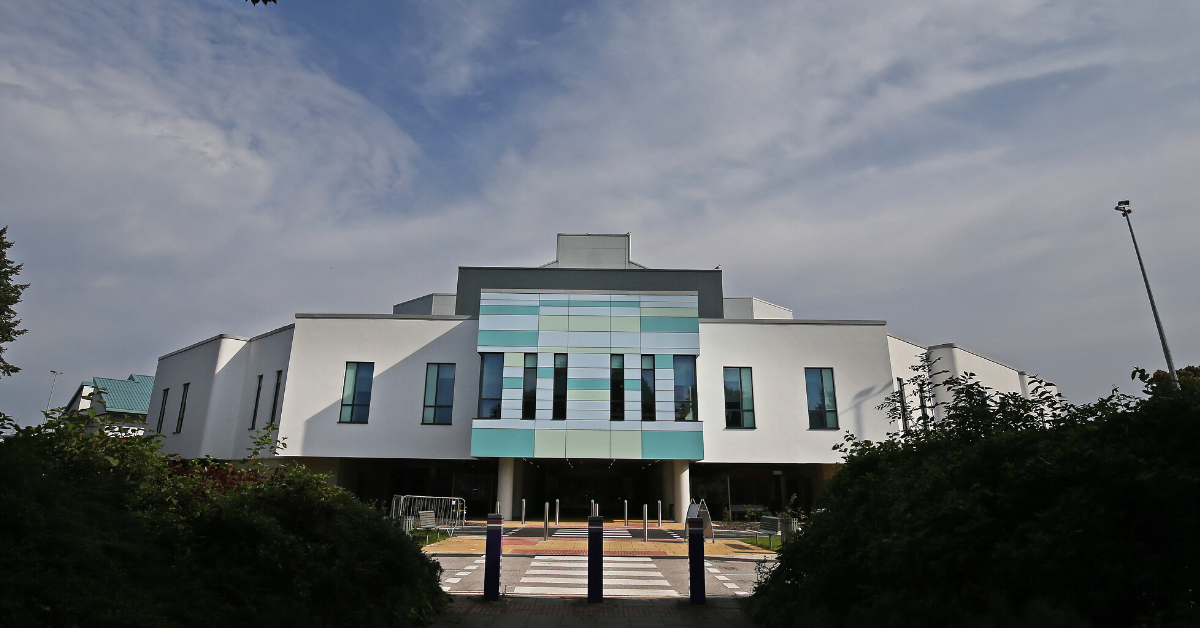
- Mar 18, 2022
- Sutcliffe
- Construction, Covid-19, Healthcare
- 0 Comments
Covid-19 has been disrupting the economy since March 2020, and as it attempts to recover, countless industries are navigating this new normal and getting back on their feet.
Construction in the healthcare industry has been severely impacted by the pandemic and as a result, it is evolving in its approach in order to preserve the highest quality facilities that create comforting and safe environments for patients and visitors.
Despite this disruption, healthcare construction projects are predicted to grow over the course of 2022 as demand for quality healthcare systems is at an all-time high.
At the height of Covid, we saw a major strain on our hospitals with intensive care units overrun by the rapidly rising rate of infection spreading across the country, and consequently, the NHS was forced to expand capacity and create more adaptable healthcare spaces.
In response to this, the UK Government announced plans to reboot the economy in response to the impact Covid-19 had on not only our economy but also our livelihood. This strategy consisted of a 10-year infrastructure plan unveiled with an investment of £5 billion to support a rebuilding programme for schools and hospitals across England.
The NHS also built 11 Nightingale hospitals to meet this demand, creating up to 16,000 additional beds. Some of these hospitals were built in a matter of days with the help of digital technology tools and using new methods of construction. Standardised components helped to create adaptability for these field hospitals and off-site construction sped up the construction process timing ten-fold whilst improving safety on site.
These systems are trying to meet the immediate needs of patient care, while also being overshadowed by uncertain revenue and market impacts brought on by the pandemic. They are not only battling financial and operational challenges associated with Covid-19, but also the physical and emotional well-being of their frontline workers.
With this quantity of builds, work must be carried out in a different way than in constructing previous hospitals. The Department of Health and Social Care and the NHS improvement team have joined together in a collaborative approach to design and develop these ‘hospitals of the future’.
Collaboration across the different levels of hospital construction requires a great deal of trust between government, hospital executives and the local community. Further emphasising the importance of building trust with this programme, Natalie Forrest, senior responsible officer for the New Hospital Programme at the Department of Health and Social Care, spoke at a Public Policy Projects webinar in July, said:
“We are working to develop best practice guidance and standards that we will be able to use across the board, but we’re going to be learning. Those best practice guides will be dynamic and we’ll be continuing to feed them in order to support all the organisations with the latest intelligence on how to build a new hospital.”
Covid-19 has reshaped the construction industry massively, but through the new opportunities, the healthcare sector presents, construction can build back better than ever and continue to benefit our society and economy as a whole.
